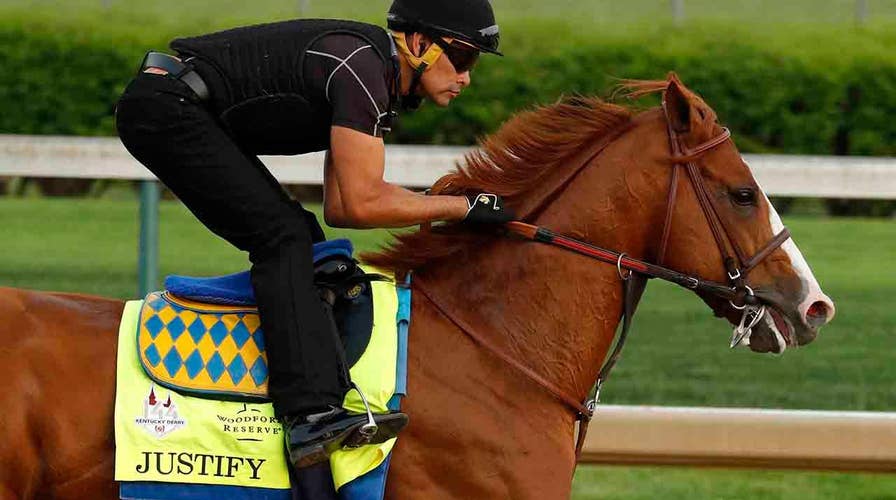Justify seen as a favorite for the Kentucky Derby
Justify's owner talks about his horses before the Kentucky Derby.
The Kentucky Derby is a day when millions of people think of the power of racing horses with humans sitting on their backs. However there is now something quite extraordinary that is also connecting humans and horses – their amazing ability to heal humans.
Today men, women, and children afflicted with severe emotional damage are making dramatic recoveries by receiving the simple love, understanding, and acceptance that come from establishing a relationship with a horse, not on their back, but on the ground. It’s called equine therapy.
Everyone knows someone who needs help: a husband, a wife, a partner, a child, a friend, a troubled teenager, a war veteran with PTSD, someone with autism, an addiction, anyone in emotional pain or who has lost their way.
There is now scientific, psychological, biological, and experiential evidence that equine therapeutic programs have become one of today’s most effective cutting-edge methods of healing and are available to all of these disparate groups of people.
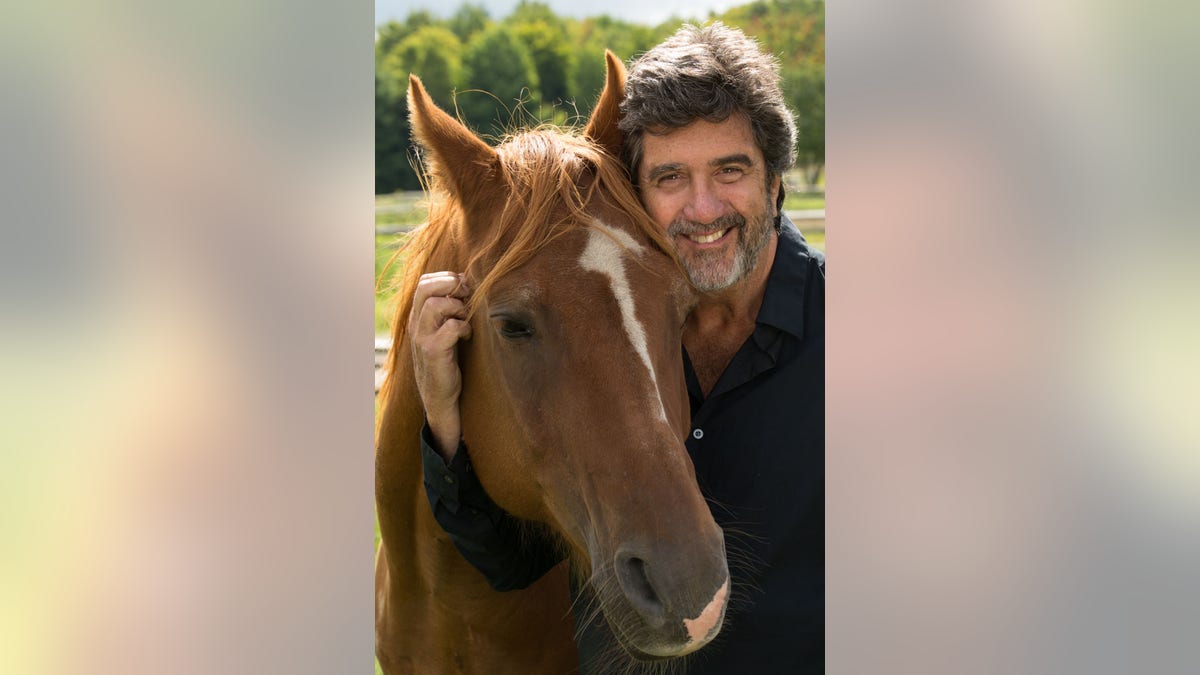
Courtesy of Kerry Hayes (Tim Hayes)
Humans are predator animals existing for about two hundred thousand years. We have survived by killing all other predators including other humans. Horses are prey animals existing for about fifty-five million years. They have survived by running away from predators. Remarkably two evolutionary equine survival traits have specifically enabled horses to assuage the suffering of humans in acute psychological pain.
The power of the horse will not just be found by sitting on his back. It will be felt on the ground from his heart.
The first is hypervigilance. Born with super human sensory abilities – in order to stay alive, horses are aware of their environment and everything in it for literally every second of their life.
Those suffering from PTSD, including war veterans, adults and children from homes with alcoholism, divorce, emotional or physical abuse, children with autism who are hyperspecific, at risk youth as well as others with similar emotional wounds immediately see and identify with the hypervigilance of a horse. At the same moment, the horse also sees and identifies with the hypervigilance of the person. This immediate and simultaneous identification creates a mutual interspecies experience of safety, comfort and trust.
From that moment, the natural desire of horses to want to be with others and increase their chances of survival causes them to accept the horse or human and create a herd of two.
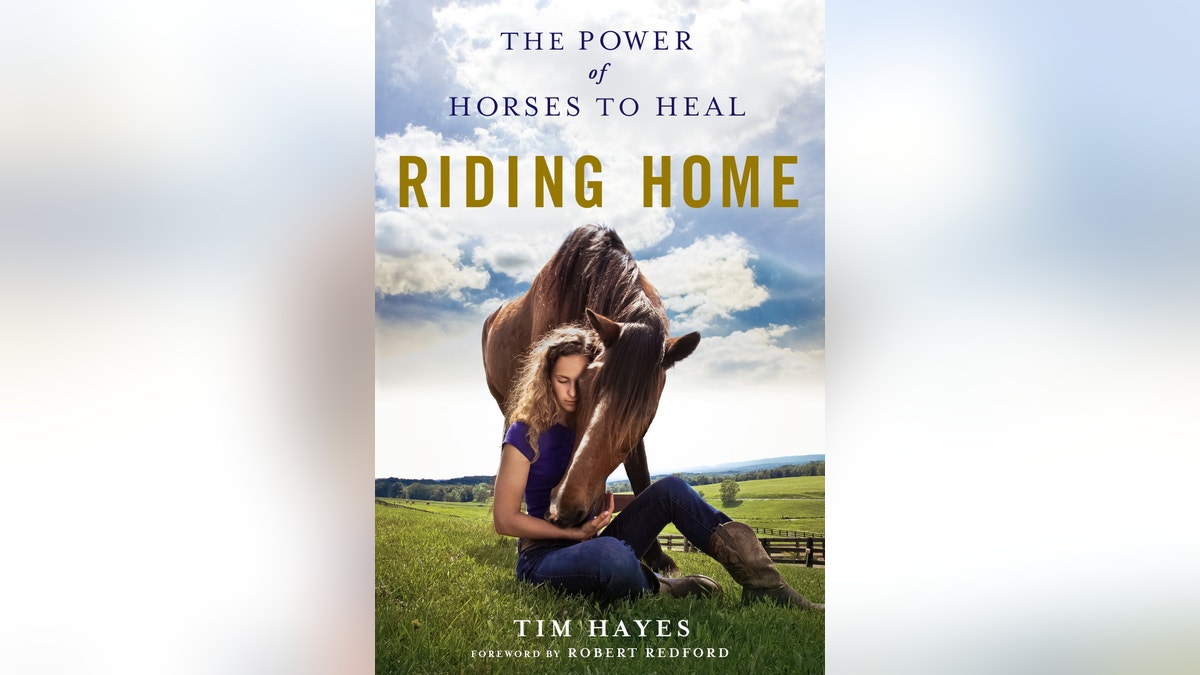
This is the second evolutionary equine survival trait, and along with hypervigilance, enables horses to assuage the suffering of humans in acute psychological pain.
It’s known as equine herd dynamics, the horse’s natural ability to live in large groups and excel at getting along with each other. This trait is established and practiced in all equine herds with the greatest principles of love – expressed with tolerance, acceptance, understanding, kindness, justice, patience, forgiveness and most importantly compassion.
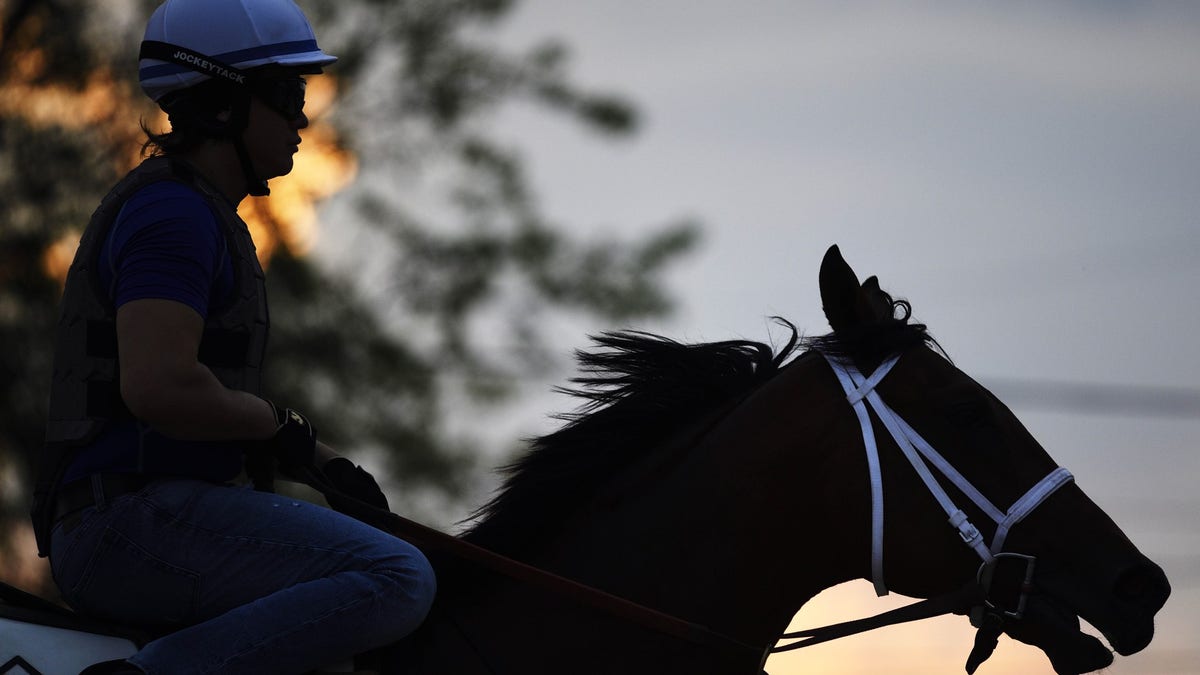
May 3, 2018; Louisville, KY, USA; An exercise rider guides a horse back to the barns following a workout at Churchill Downs. (Jamie Rhodes-USA TODAY Sports)
When a hypervigilant, emotionally wounded person identifies with a horse and feels immediate safety, comfort and trust and then goes on to feel acceptance without judgment or criticism because the horse wants to be friends and create a herd of two – an amazing breakthrough of human psychological and emotional healing occurs. Deep feelings of shame, inadequacy and low self-esteem are met with a profound and immediate experience of unconditional acceptance.
A horse doesn’t see a veteran who has either done or seen unimaginable horrific things – the horse just sees and accepts a person he wants to be with in his herd of two.
A horse doesn’t see a child with autism who has often felt that others wanted her to be different than she is – the horse just sees and accepts a child he wants to be with in his herd of two.
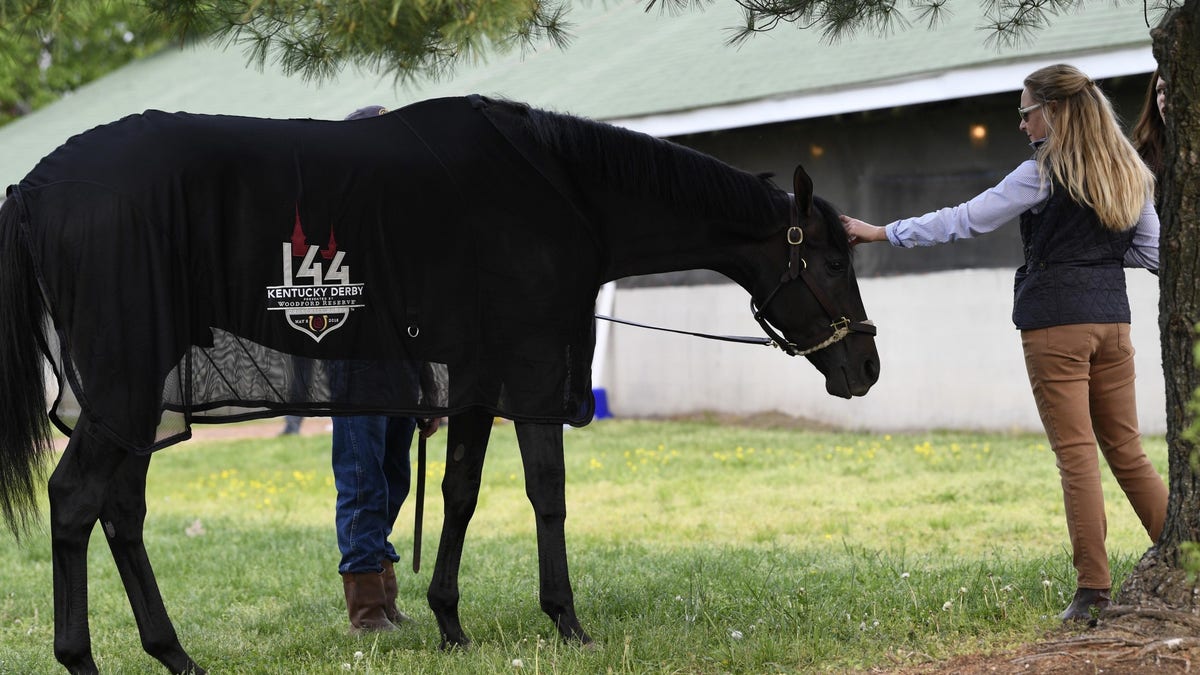
May 3, 2018; Louisville, KY, USA; Assistant trainer Christina Jelm pets Kentucky Derby entry Instilled Regard at Churchill Downs. (Jamie Rhodes-USA TODAY Sports)
Countless times men, women and children with emotional wounds have reported that it was this experience of interacting with a horse which gave them a feeling of love, acceptance and self worth they had never felt before.
For thousands of years, horses have been unequaled in their contribution to human survival. They have been a source of food, a means of transportation, a provider of physical labor, and an instrument of war. And now when trauma, addictions, shattered families, and technological advancements all conspired to depersonalize twenty-first century humans, the horse yet again comes to our rescue.
This remarkable creature cannot only continue to serve humanity but can help heal our wounded, remind us of our connectedness to others, and ground us with love for ourselves and for all living things. The power of the horse will not just be found by sitting on his back. It will be felt on the ground from his heart.
Today when traditional talk therapy or pharmaceutical medications fail to heal those with debilitating emotional wounds, hopefully they will now know that there’s another way.
Welcome to the healing power of the twenty-first-century horse.
